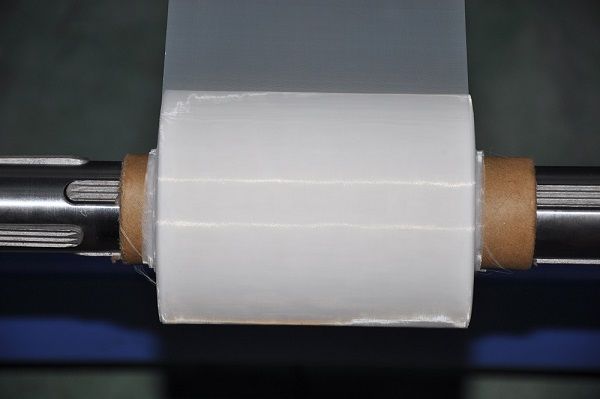
离岸价格
获取最新报价1 ~ 500 / Piece ( Negotiable )
|Minimum Order
位置:
-
最小订单价格:
最小订单:
10 Piece
包装细节:
Carton
交货时间:
1-30days
供应能力:
10000 Piece per Day
付款方式:
T/T, L/C, Western Union, Money Gram, PayPal
China
联系人 Mr. Eric
Pingqiao Industrial Park, Taizhou, Zhejiang
Introduction:
Nylon Filter Mesh is made of monofilament PA6 or PA*6
yarn/thread (1:1 weaving method, plain weave), which is ideal for
straining, sieving or filtering most liquids, powders or
sludges; The term ‘Monofilament’ means that each
thread used in the construction of the cloth is a single smooth
solid strand instead of many smaller diameter threads twisted
together, as in a spun or multifilament material. These
monofilament threads are perfectly round in section and are
extruded to very precise and uniform diameters.
Their advantages
are:
a) due to their uniformity they can be woven with great
precision to give exact and regular apertures,
b) the resulting material has a very smooth surface so that
the filtered particles will easily separate from it,
c) they have great strength and elasticity.
After weaving, our fabrics undergo a finishing process to add the
properties required for specific applications. During the finishing
process, the fabric is scoured to remove any foreign substances and
the yarns are then stabilised within the weave in order to
eliminate shrinkage by a process known as ‘heat setting’.
Monofilament Nylon 6 or
Nylon 6.6 Filter Mesh
Monofilament Nylon is a versatile material due to its great
strength, flexibility, long life and resistance to abrasion. Nylon
has excellent resistance to most common solvents and will operate
continuously at temperatures up to **0°C in the chemical pH range
***4.
Application:
1. Collection of Cells and Algae
2. Particle Analysis
3. Large Particulate Filtration
4. Background Filter for automated particle imaging
system
5. Pre-filtration of Solvents
6. Paint Monitoring
7. Medical Filtration (Blood Filtration)
Anatomy of Woven Mesh
1. Mesh:
Designates the number of openings per inch (*5.4mm)
2. Designates
the measurement of the clear open space between parallel adjacent
wires.
Opening Size=*5.4 mm÷Mesh Count−Wire
Diameter
Pitch=Opening Size+Wire Diameter; or *5.4mm÷Mesh
Count
Open Area %=(Opening Size)2÷(Opening
Size+Wire Diameter)2×**0
3. Designates
the diameter of wire before weaving. With a same mesh count, when
the wire diameter is different, the opening size and open area are
significantly changed.